As the UK government has instructed the nation to stay at home and only venture out for specific, essential reasons in light of the Coronavirus (Covid-19) situation, many of us are being encouraged to park our cars if we can. Some owners of Toyota hybrids might be wondering what will happen to their car during long periods without use, particularly when it comes to the level of charge in the batteries.
The reassuring news is that no difficult car maintenance is necessary. However, there are some tips that, if followed, can help ensure your Toyota remains in tip-top condition during an extended layoff.
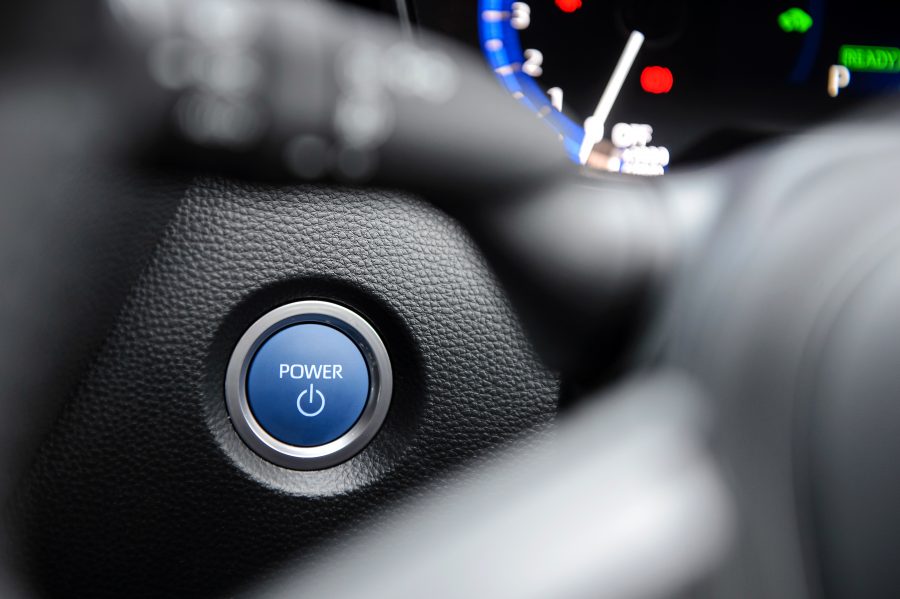
To recap, Toyota hybrids generally contain two batteries: a 12-volt battery (which powers systems such as the headlamps and audio) and a high-voltage hybrid system battery (which supplies the power to start the combustion engine and drive the electric motors).
The simplest way to maintain charge in both of these batteries is to simply go through the normal start procedure: press the ‘Start’ button with your foot on the brake and ensure the ‘Ready’ light is illuminated on the dashboard (you don’t have to keep your foot on the brake thereafter, but ensure your vehicle’s transmission is in ‘Park’ and the parking brake is engaged).
We recommend you put the car in ‘Ready’ mode for about 60 minutes before switching it off again and repeat the process at least once a week, providing you can carry out this procedure while adhering to the government’s advice regarding social distancing and Coronavirus (Covid-19). Please do not leave your car unattended when it is in ‘Ready’ mode.
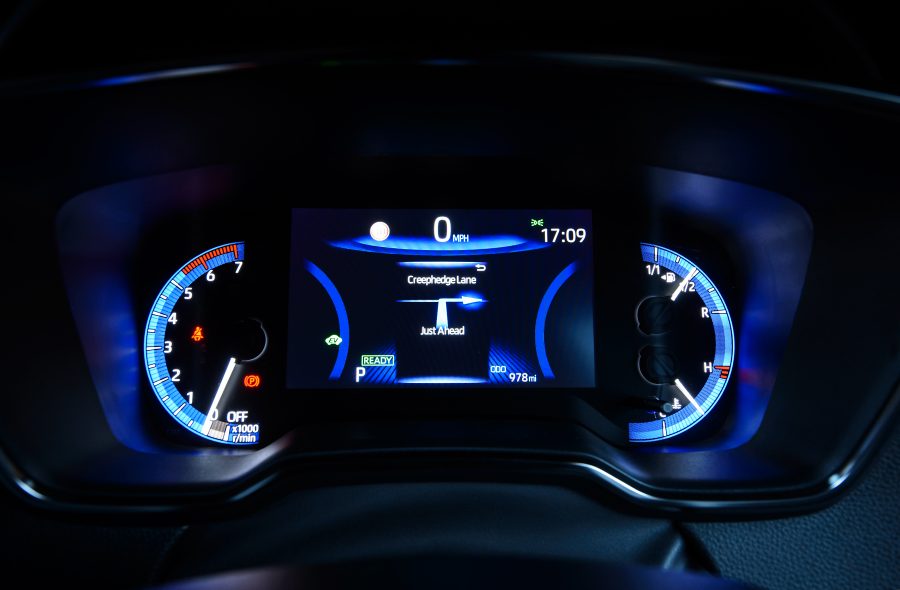
During the time that that car is in ‘Ready’ mode, you may hear and feel the internal combustion engine kick in; this is a normal part of the self-charging process. You might be tempted to switch on the radio to pass the time, or turn on other systems, but bear in mind these will consume small amounts of electrical power so it is preferable to leave them off.
Ensure the handbrake is on; there’s no need to go for a drive, although we must stress that this procedure should take place in a well-ventilated area – something to consider if you park your vehicle in a garage.
What if my Toyota isn’t a hybrid?
Our petrol and diesel cars only have a 12-volt battery, which provides the power to start the engine in addition to the other systems mentioned above. Regular start-up of the vehicle on conventional petrol and diesel engines needs approximately 20 minutes of running to put back into the battery what you remove on start up, so to maintain this battery we would suggest 60 minutes of running at least once a week.
Is there anything else I need to do?
Whether you own a hybrid or a Toyota equipped solely with an internal combustion engine, there are a few other easy car maintenance points that can ensure your Toyota hybrid remains healthy and happy during an enforced hibernation. Again, please adhere to the latest government advice regarding social distancing.
- Check the tyre pressures are fully inflated to the recommended level and top-up if necessary. It can be a good idea to repeat this process when you first drive your car after a long period of inactivity.
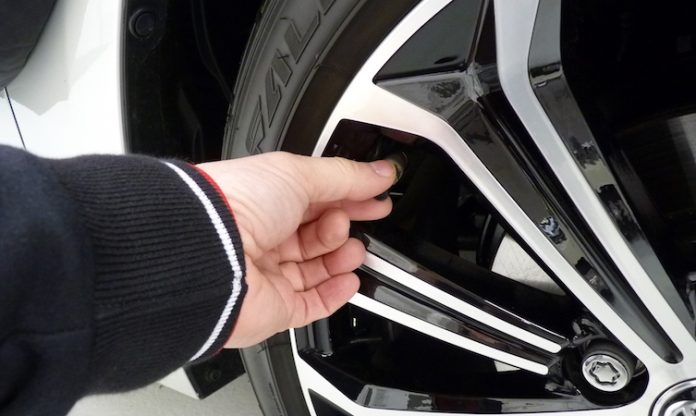
- Clean the car thoroughly inside and out. If you are storing your car in a garage, make sure the vehicle is completely dry before you put it away.
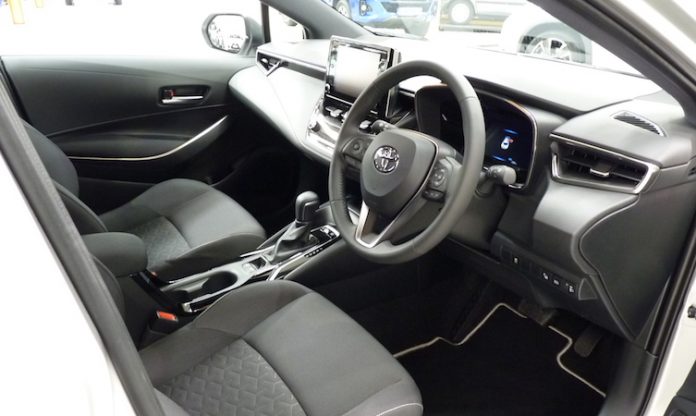
- If you do plan to store your car in a garage, ensure the chosen storage area offers plenty of ventilation. If the space is secure, you could consider opening one of the car’s windows a small way to ventilate the interior. If you do this, you might have to change your car alarm’s setting to prevent it setting off the intrusion sensor – please consult your car’s manual for more information.
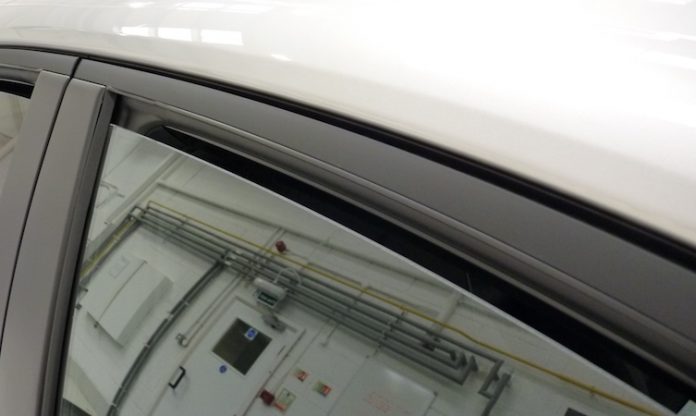
- It can be beneficial to leave the vehicle with the parking brake disengaged to prevent the brakes from binding, but only do this if you are certain the car is on level terrain and isn’t going to move. Ensure the transmission is set to ‘P’ for park and place wedges or chocks, if you have them, under the wheels.
- If you have a 12V battery trickle charger, or a solar panel charger, and are confident using them, then these are a good option to keep the battery fully charged while the vehicle is stationary for a period of time.
- If your vehicle is equipped with smart entry and start but the system isn’t operated for a long time, a battery-saving function will automatically be activated to prevent the electronic key battery and the 12-volt battery from being discharged. Battery depletion in the key is minimised by stopping the electronic key from receiving radio waves. On many models equipped with this system, it is possible to manually put the key into battery-saving mode, so please consult your car’s handbook for more information. If you aren’t planning to drive your car for a long time, consider putting the smart key in a safe place and not carrying it around with you in your pocket. This will prevent the car from ‘waking up’ unnecessarily should you happen to walk near it in your garage or driveway.
- If the vehicle will be kept on private property (such as inside a garage) for the duration of its storage, you could consider applying for a Statutory Off Road Notification (SORN). This informs the DVLA that the car is off the road and you will receive a refund of any remaining full months of tax. However, you won’t be able to drive your car legally until you tax it again, so it is only advisable if you are positive you won’t use your car for a long time. You can read more information about how to SORN your car here.
Read more Toyota GB’s latest statement on the Coronavirus (Covid-19) situation
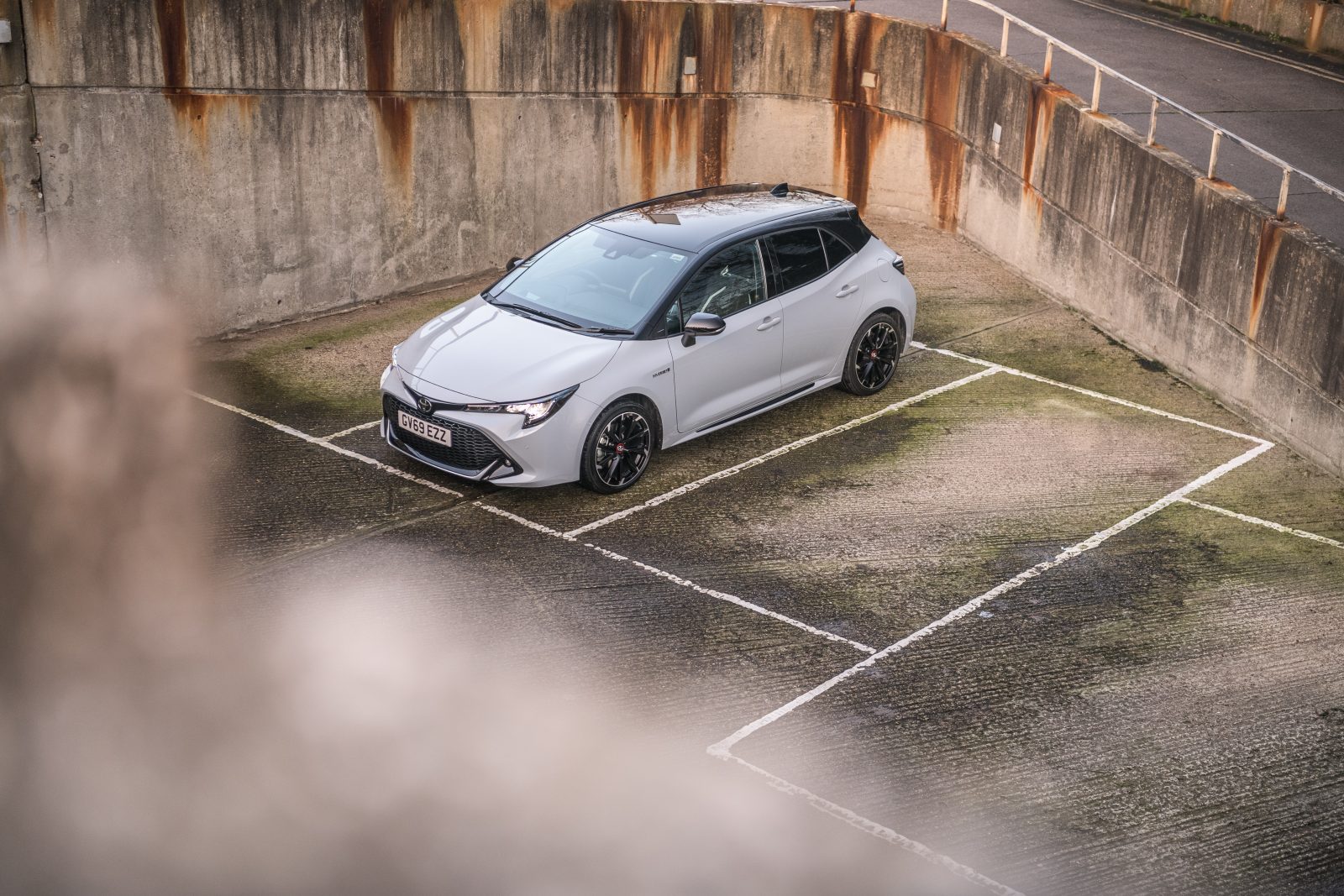

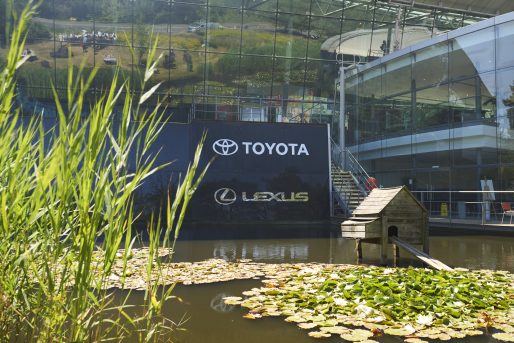
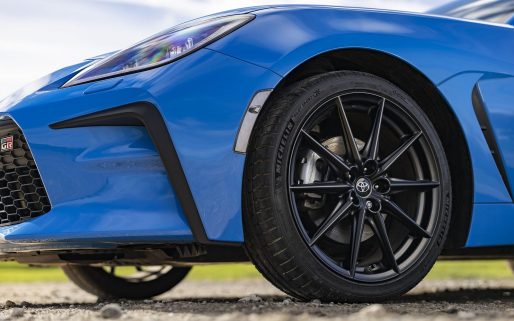

This is not what one expects from a modern car. I chose Toyota because
they had been making hybrids for longest time and I assumed they were efficient by now. Not so! I have no confidence in it as I was going to leave it at the airport during my 2 week break but it may not start when I return.
It is likely to be towed in to Toyota dealers by AA unless they can reset all computer settings etc
I already followed dealers advice but it did not work in relation to my cars battery
Once it is fully operational I shall review whether I need to get rid of it
It will be fine for longer than 2 weeks if the 12v battery is good.
Hybrid vehicles made by Toyota don’t have a 12v battery that cranks the engine, so it is small in size and capacity and it doesn’t have a lot to do other than security and door locking.
This makes sense since the other battery (traction) has plenty of capacity and power. I your 12v battery is in good shape and you usually use the car regularly anyway, the car will cope OK parked over 2 weeks. Get your 12v battery tested if you have doubts before travelling.
I feel the same. I had AA 4 times over the last 2 months cause of flat battery. I work from home, I either drive a couple of times a week, or a longer distance once a week, or put the engine on for an hour, but this is now ridiculous. I would have never bought this car had I known it required this level of baby sitting. I feel like a little girl being scolded for not driving enough, like it’s anyone’s business but mine. Meanwhile the car efficiency drops (42mi/gallon now! talk about green) cause every time I actually plan a trip I end up sat in my drive for 2h charging it while stationary, wasting time. Brand new car. New driver with zero joy of driving. I am dreading Friday when I actually have to drive somewhere after work, is it going to start? Utterly unreliable. Frustrated and fed up. On the brink of asking for my money back.
Oh how I agree with every word you say….my feelings entirely.
I am at the other end of the driving experience…50+ years and I have never had car problems not even on the old Rovers! When are we going to have this problem fixed?My Yaris is leased and I was told by the customer service lady in patronising tones that I don’t drive it enough and that to get out of the lease would be £2500 thank you very much.
Utterly frustrated so much so that when it failed to start yesterday I actually cried…
(79 year old carer)
I have a 2006 Prius which I have owned 13 years. It’s 12v battery has always been an issue, even though the car is still loved. These cars are ‘Bullet proof’ except for the Lead Acid 12v battery system. The technology is ancient.
The traction battery is (usually) Ni-Mh (Nickel hydrid). When the dashboard Ready light is on, 14.4v is being fed to the 12v battery to charge it. There is an inherent problem in this charging in that the 14.4v is a very stable constant pure DC voltage ————–v. But the good old lead Acid batteries like a slightly varying _-_-_-_-_-_v (rough) voltage that helps the chemistry in the battery to make the 12v battery last longer (anti-sulphation process). This is why these small batteries fail early, as it’s all about the chemistry of lead Acid batteries. But, there is a (cheap and simple) modification that can be done! What you need to get is a modern Lithium LiFePO4 12v 10Ah equivalent battery (easily found on eBay with built in BMS) (Small (15 x 6.5 x 9 cm) the same size as Lead Acid type fitted to some APC UPS systems for computer power backup) then wire this via a 15A fuse in PARALLEL with the 12v lead Acid battery in the boot. Unlike the Lead Acid battery the LiFePO4 battery LOVE 14.4v constant voltage ———v and since the fully charged voltage for the LifePo4 battery is 13.5v and the Lead Acid fully charged voltage is 12.5v (approx.) the LifePO4 always supports and keeps the Lead Acid charged up stopping it going flat (constantly tops it up). So even after the coldest night the car starts. LifePo4 batteries have a long life and the BMS inside protect the battery from over charging maintaining the life span of the LifePO4 battery and the Lead Acid Battery. It’s been working for many years now. Why Toyota doesn’t adopt this solution is probably because they sell a lot of Lead Acid batteries.
I like what you’re saying, and I suggest you should apply to work as an engineer in Toyota!
But with what you said invalidate the warranty?
Wish salesman had told me this problem before I purchased my cross i would have run a mile,I took mine to toyota garage and wanted a to have courtesy car ,the insurance carried a excess of 2500 pounds unless I paid 10 pounds to get it down to 50 ,a very unhappy customer and never buying a Toyota hybrid again,problem how can I sell it knowing this problem
Hi Brian, thanks for your comment.
We are very sorry to hear that you are dissatisfied with your Toyota.
If you would like to raise this issue further, please contact our Customer Relations Team. They can be found here: https://www.toyota.co.uk/help-centre#/iframe/https%3A%2F%2Fforms.toyota.co.uk%2Fcontact-us.
Thanks.
Down sized from Toyota Avensis (petrol), as I only require a car for local journeys. Since buying the car I have logged 500 miles averaging 22 miles a week. The 12 volt battery now discharges after sitting idle for only 2 hours. The dealer says I’m not using the car enough (low mileage). If I have been told this by the dealer I wouldn’t have bought another Toyota with this obvious design fault
I have had the same issue with my yaris cross,had an operation so unable to drive ,when I could not even three weeks ,car completely flat.this is 2nd time. How can we be told to run car to charge battery for at least an hour a week when car was bought as its meant to be green. How can we be able to trust we can jump in car and have it start in an emergency. Friend says their car has a switch to start car if starter battery flat. Not sure how this works its a hyundy. We should all be told issue re car and what we should do so we have the option to walk away and not purchase . have had cars for over 40 years which I have left for months and never had issues.
We have bought Toyota cars over many years, but we are very disappointed by the performance of our current 2020 Yaris Hybrid. Our first experience of there being a problem with the battery was after returning from a 2 week holiday. Our Recovery company recharged the battery & informed us that the battery was too small & suggested we drove the car for approx 1 hour to complete the recharge of the battery, which we did. On the second occurrence, another 2 week holiday, same again. This time included the advice to buy a small charger. My thoughts were, why should I purchase a charger? There appears to be a design fault!!! This was brought up at the Toyota garage, who also suggested we purchase a charger! It gets better, the third occurrence was after a 7 day holiday. This time we were told to drive the car for 2 hours to recharge the battery. Also we received a message from the AA that if we call them out again within 28 days for the same fault, they will either not attend or charge us!
I cannot believe that the battery will not have sufficient charge for 7 days. As it happens I also have a Toyota C-HR Hybrid, with no problems. Although apparently it has the same battery! I treat both cars the same, so why does the battery stay charged on one vehicle but not the other?
We too, we’re never informed on the maintenance of the battery, if we had known at the start we would have reconsidered purchasing the vehicle. Now I’m wondering whether to get another Toyota or not?!
Morning James,
Sorry to hear that and for the inconvenience caused. All modern cars drain the 12v battery when they are switched off. This is due to the onboard electrical systems. If the 12v battery is not given a chance to recharge often enough, it will go flat.
If you would like to discuss your concerns with our Customer Relations Team, please click here: https://www.toyota.co.uk/help-centre/complaints-and-feedback
Thank you.
I have a 2 year old CHR and it has the same problem. Has now let me down twice. I have posted about it previously on this this site and was told to contact the Toyota customer relations team. That was some months ago and I have had no reply. They must know they have a problem with these 12 volt batteries but appear to have no interest in addressing the issue. I now drive my car around the town pointlessly just to ensure it starts. Stupid really but there it is! Wasting my time and petrol.
The Issue is my 3 yr old Rav4 Hybrid has been shutting down ALL POWER after 20 mins use in Accessory Mode – when running the radio.
This TOTAL SHUTDOWN then won’t allow the ECM to restart and more important means all doors windows and central locks are disabled meaning You can’t open the powered rear hatch door to get jumper leads out from the spare wheel hatch.
I eventually had to unpack spare wheel hatch from back door entry and dig for jump leads and find a jumper vehicle – all so stupid if the Hybrid battery is perfectly functional?????? Even if a low voltage aftermarket connection was installed from the Hybrid battery to allow to run jumper leads to get a restart????
or as a minimum the Hybrid battery should be able to switch into emergency mode to allow minimum functions.
TOYOTA NEEDS TO INCLUDE THIS SAFETY FUNCTION IN ALL HYBRIDS IMMEDIATELY
We’re sorry to hear this happened Paul and for the inconvenience and frustration caused.
Please report this to your local Toyota Centre so they can take a look.
Thank you.
I bought a yaris hybrid design 2021 from an approved Toyota dealer last week. It has done 13,400 miles. Yesterday, the car was not used. One day. The battery died and the car wouldn’t start. Had to call Toyota assistance. How come. What can I do to avoid same situation.
Hi Varughese, thanks for your comment.
We apologise for the inconvenience and understand the frustration this has caused.
We would recommend the use of a solar powered intelligent charger or a trickle charger. This will help to maintain the battery’s health when the car is not being driven.
Thanks.
Sent another e mail no reply. As can be seen all we get from toyota is run your car for an hour( waste petrol and not green) buy a charger either electric or solar. Why should I when it’s toyots issue re car. All you get is contact customer service,or we are sorry. Same old answer. If you do little mileage,possibly retired or other reason. Car not fit for purpose due to battery issue.
Hi Martin, thanks for your message.
We understand your frustration.
If you would like us to set up a Customer Relations case for you, please email toyota.blog@tgb.toyota.co.uk with your full name, contact details, Toyota Centre and case details.
Thanks.
In light of thr above I think k this will be my last toyota and my last hybrid. I do about 12 miles a day trips can very between 20 to 40 mins each way. Why sit and burn fuel when it’s so expensive to charge the 12v battery? Why sit there for 6p mins and release gases in the air? This is a rubbish design by toyota.